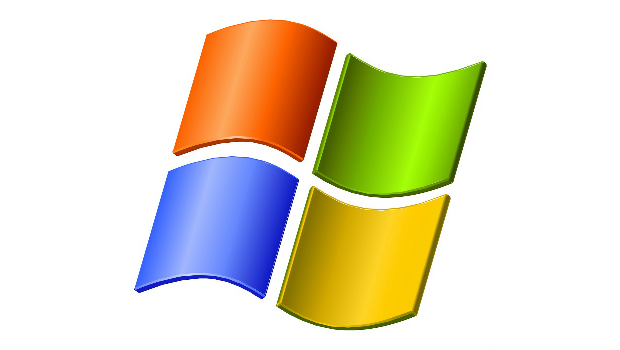Companies that want to migrate large numbers of users from Windows XP, which Microsoft stopped supporting in April, now have some help with a free tool from CA Technologies.
The CA Desktop Migration Manager can copy a user’s files, browser bookmarks, desktop settings and other pertinent information to network file storage, allowing the administrator to upgrade the laptop or desktop computer to a new version of Windows or move the user to a new Windows computer altogether.
The software can move the data and settings either to a new machine or back to the original machine once the upgrade is completed.
The product also works with CA Client Automation, which is IT management software for administrators. When used together, the two products can migrate an XP user to a newer version of Windows without any intervention on the part of the administrator or user.
In April, Microsoft stopped supporting Windows XP, which the company launched in 2001. The OS will no longer receive security updates, making it vulnerable to attacks.
Despite vigorous efforts on the part of Microsoft to get users to upgrade, about 8 percent of all enterprise computers still run XP, down from 10 percent a month ago, estimates IT security firm Qualys.
The CA Desktop Migration Manager will move system and application settings, network and printer settings, data files and folders, email address books, unique bookmarks, address books and personalised background images.
This software can cut the amount of employee downtime during an upgrade. Although files and many settings are saved during a routine OS update, the user or administrator still must adjust the new OS to the user or organisational preferences. This software minimises the number of adjustments that have to be made.
Also complicating the upgrade process is that XP users can not directly upgrade to Windows 8.1, Microsoft’s current OS for desktops and laptops. Instead, they must remove all the files on the machines, then reformat the drives and install Windows 8.1 new.
Joab Jackson, IDG News Service








Subscribers 0
Fans 0
Followers 0
Followers